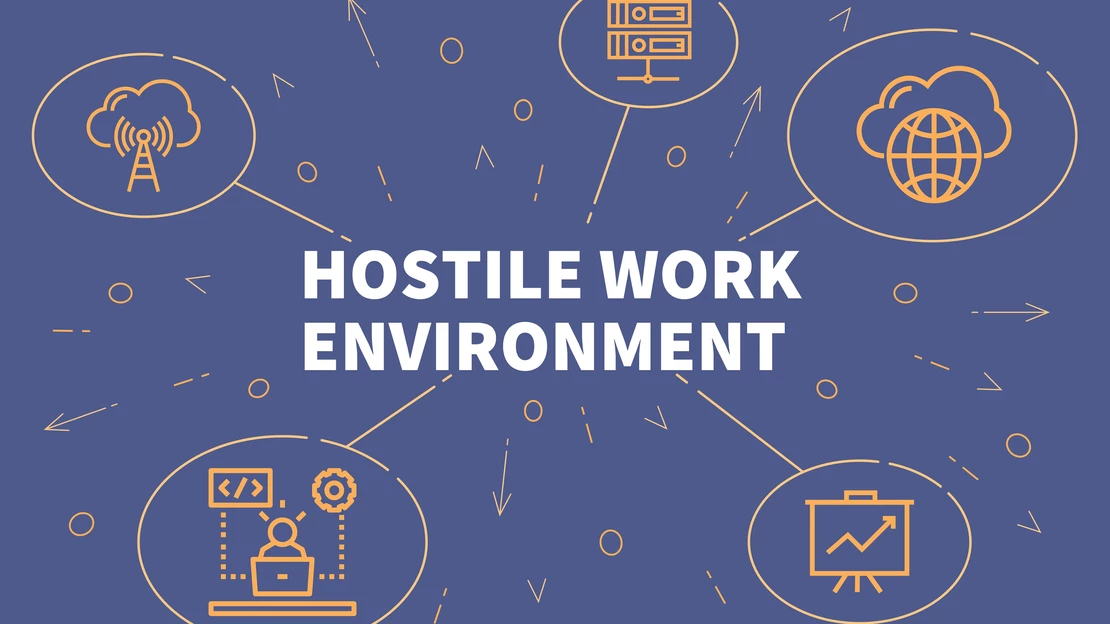
Hostile work environment sexual harassment (hereinafter, “hostile work environment”) occurs when you are subjected to sexual advances, conduct, or comments that were severe enough or sufficiently pervasive to alter the conditions of your employment and create a hostile or abusive work environment.
Below are some additional things that you should know about bringing a successful hostile work environment claim under California law:
No. 1: The harassing conduct must have been severe enough OR sufficiently pervasive to alter the conditions of your employment and create a work environment that was hostile or abusive. In other words, you do not need to prove that the harassing conduct was both severe AND pervasive – just one or the other.
No. 2: To determine whether the harassing conduct was “severe” or “pervasive,” courts will evaluate the totality of the circumstances, including (a) the nature of the unwelcome sexual words or acts (physical touching is generally considered more offensive than mere words); (b) how often, and over what period of time, the conduct occurred; (c) the circumstances under which the conduct occurred; (d) whether the conduct was physically threatening or humiliating; and (e) the extent to which the conduct unreasonably interfered with your work performance.
No. 3: A single incident may establish hostile work environment under California law. However, for a single incident to be sufficient, it generally must include either physical violence or the threat of physical violence.
No. 4: Hostile work environment claims may be filed by female employees against male supervisors or male coworkers; by male employees against female supervisors or female coworkers; and in the same-sex harassment context.
No. 5: California law protects you not only against hostile work environment sexual harassment by your supervisors and co-workers, but also by non-employees. If you are subjected to hostile work environment sexual harassment by a non-employee, your employer may be held liable if your employer knew or should have known about the harassing conduct but did not take immediate corrective action.
No. 6: Even if the sexually harassing conduct was not directed at you (but instead, was directed at your co-worker(s)), you might still have a hostile work environment claim if you can demonstrate that the sexually harassing conduct permeated your direct work environment. Generally speaking, you must show that the sexual harassment directed at others was in your immediate work environment and that you personally witnessed it.
No. 7: To bring a successful hostile work environment claim, you do not need to prove that your harasser was motivated by sexual desire. Click here to read more about this.
If you believe that you have been subjected to sexual harassment, call ((916) 612-0326) or email ([email protected]) Finley Employment Law today. We serve clients throughout California, including Sacramento, Folsom, Roseville, Granite Bay, and Elk Grove.
The information in this blog post is for general informational and advertising purposes only and is not, nor is it intended to be, legal advice. Instead, you should speak with a California employment attorney for advice regarding your individual situation.
#SexualHarassment

